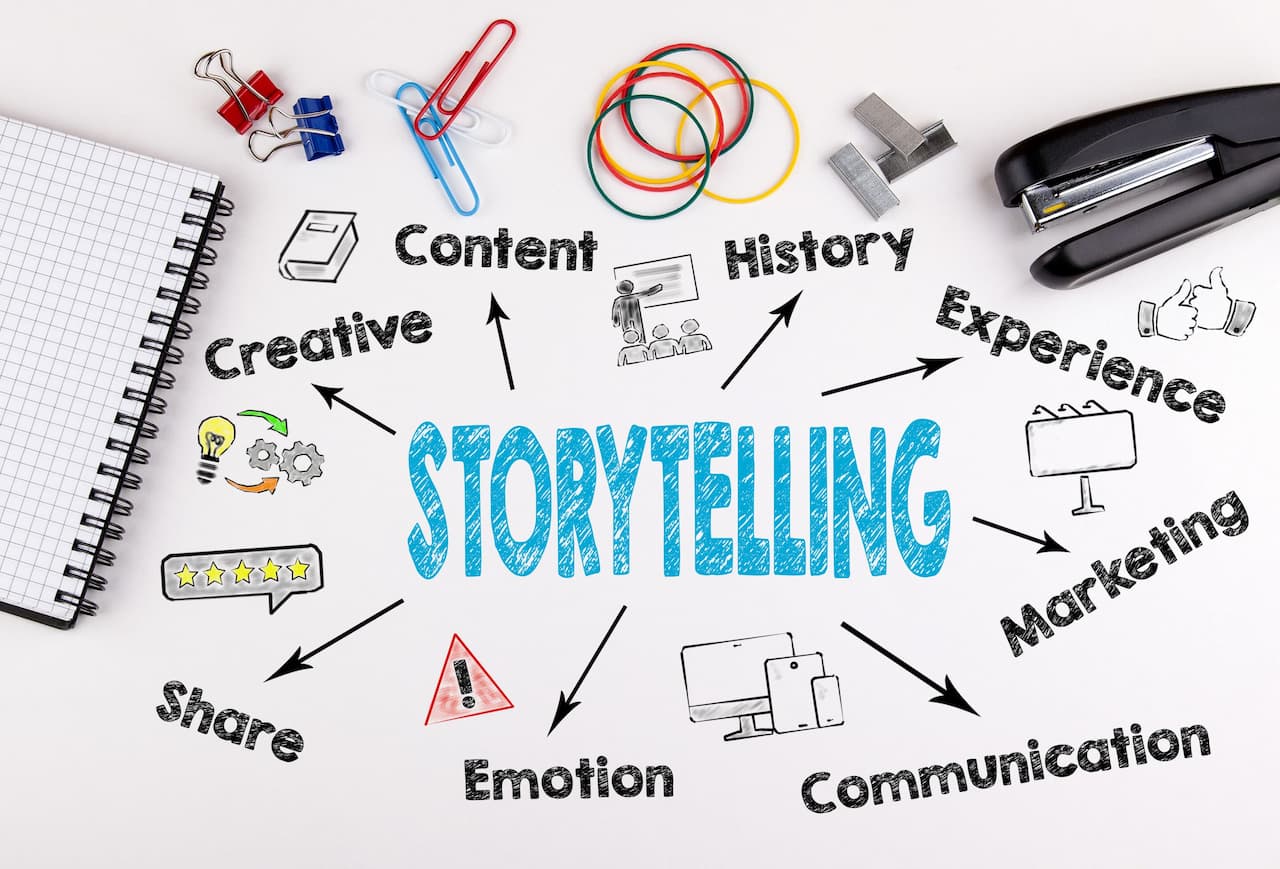The advent of digital technology has revolutionized the way stories are told, giving rise to interactive storytelling in digital literature. This evolution allows readers to become active participants in the narrative, creating a dynamic and immersive experience.
The Concept of Interactive Storytelling
Interactive storytelling in digital literature involves narratives that respond to the reader’s choices, making them co-creators of the story. “Interactive narratives offer a unique experience where readers can influence the plot and character development,” says local expert James Parker from kingbilly.online. This form of storytelling is not entirely new, as seen in the Choose Your Own Adventure books, but digital platforms have expanded its possibilities.
Technological Advancements Driving Interactive Literature
Technological advancements have been crucial in the rise of interactive storytelling. Platforms like Twine, Ink, and ChoiceScript allow writers to create complex, branching narratives. “These tools provide the framework for authors to build interactive stories that engage readers on a deeper level,” notes game designer Mark Thompson. Additionally, the integration of multimedia elements such as graphics, sound, and animation enhances the storytelling experience, making it more immersive.
The Role of Gaming in Interactive Storytelling
The gaming industry has significantly influenced interactive storytelling in digital literature. Video games have long utilized branching narratives and player choices to drive the plot, a technique that is now being adopted by digital literature. “Games like ‘The Witcher’ and ‘Life is Strange’ have shown how player agency can create compelling stories,” says narrative designer Laura Green. This crossover has led to the development of interactive fiction that combines elements of traditional storytelling with game mechanics.
Benefits of Interactive Storytelling
Interactive storytelling offers several benefits, including increased engagement and personalization. “Readers are more invested in stories where their choices matter,” explains psychologist Dr. James Wilson. This engagement can lead to a deeper emotional connection with the narrative and characters. Furthermore, interactive stories can cater to diverse preferences, allowing readers to explore different plotlines and endings.
Challenges and Considerations
Despite its advantages, interactive storytelling also presents challenges. Writing a branching narrative requires more planning and complexity than a linear story. “Authors must consider multiple plotlines and ensure consistency and coherence across all branches,” emphasizes author and interactive fiction creator Maria Lopez. Additionally, the technical aspects of creating interactive stories can be daunting for writers without programming skills.
Future Prospects
The future of interactive storytelling in digital literature looks promising, with continued advancements in technology and storytelling techniques. Virtual reality (VR) and augmented reality (AR) offer new possibilities for immersive narratives. “VR and AR can take interactive storytelling to the next level, allowing readers to physically explore story worlds,” predicts futurist David Brown. As technology evolves, the line between reader and participant will continue to blur, creating richer and more engaging literary experiences.
The Influence of Reader Feedback
Interactive storytelling also allows for real-time reader feedback, which can shape the narrative as it evolves. Platforms often include forums or comment sections where readers can discuss choices and suggest plot developments. “This direct interaction between creators and audiences fosters a collaborative storytelling environment,” says digital media scholar Dr. Anna Clarke. This feedback loop can help authors refine their work and engage with their audience more deeply.
Educational and Therapeutic Applications
Interactive storytelling has potential applications beyond entertainment, including education and therapy. “Interactive narratives can be powerful tools for teaching complex subjects or exploring emotional themes in a safe environment,” explains educational technologist Michael Lewis. By making choices and seeing their consequences, readers can learn about decision-making, empathy, and critical thinking. Therapists are also exploring interactive fiction as a way to help patients process experiences and emotions.
Community and Cultural Impact
The rise of interactive storytelling has also led to the growth of a vibrant community of creators and readers who share a passion for innovative narratives. Online platforms and forums have become hubs for collaboration and discussion, fostering a global community. “This cultural phenomenon highlights the democratization of storytelling, where diverse voices and perspectives can find expression,” notes sociologist Laura Martinez. As more people engage with interactive literature, it broadens the scope of what stories can be and who gets to tell them.
Interactive storytelling in digital literature represents a significant shift in how stories are told and experienced. By leveraging technology and drawing inspiration from gaming, interactive narratives offer a dynamic and personalized reading experience. As the field continues to grow, it promises to open up new avenues for creativity and reader engagement, making literature more accessible and engaging for a diverse audience. This evolution not only enhances the storytelling process but also empowers readers to become active participants in the literary journey.


